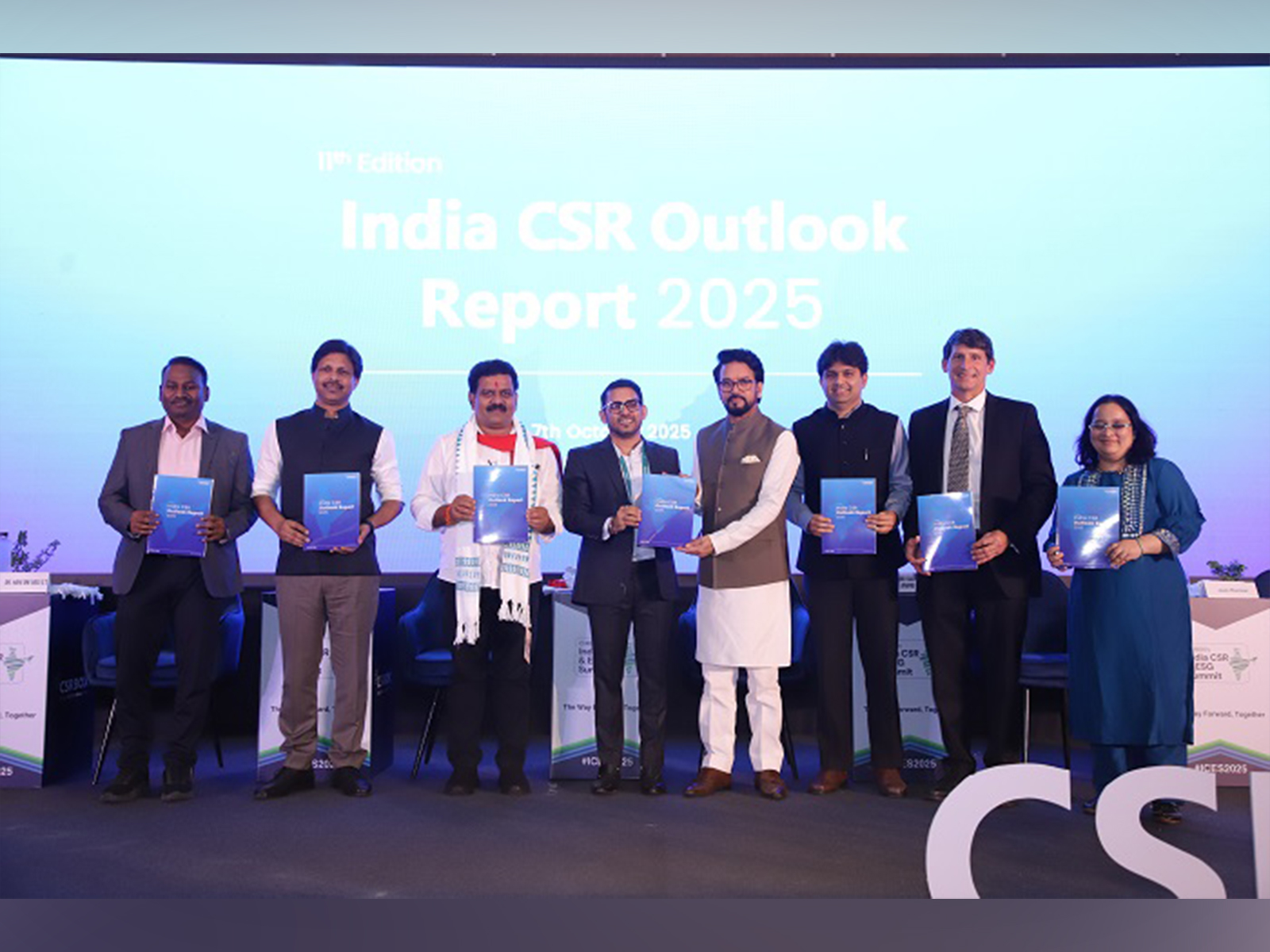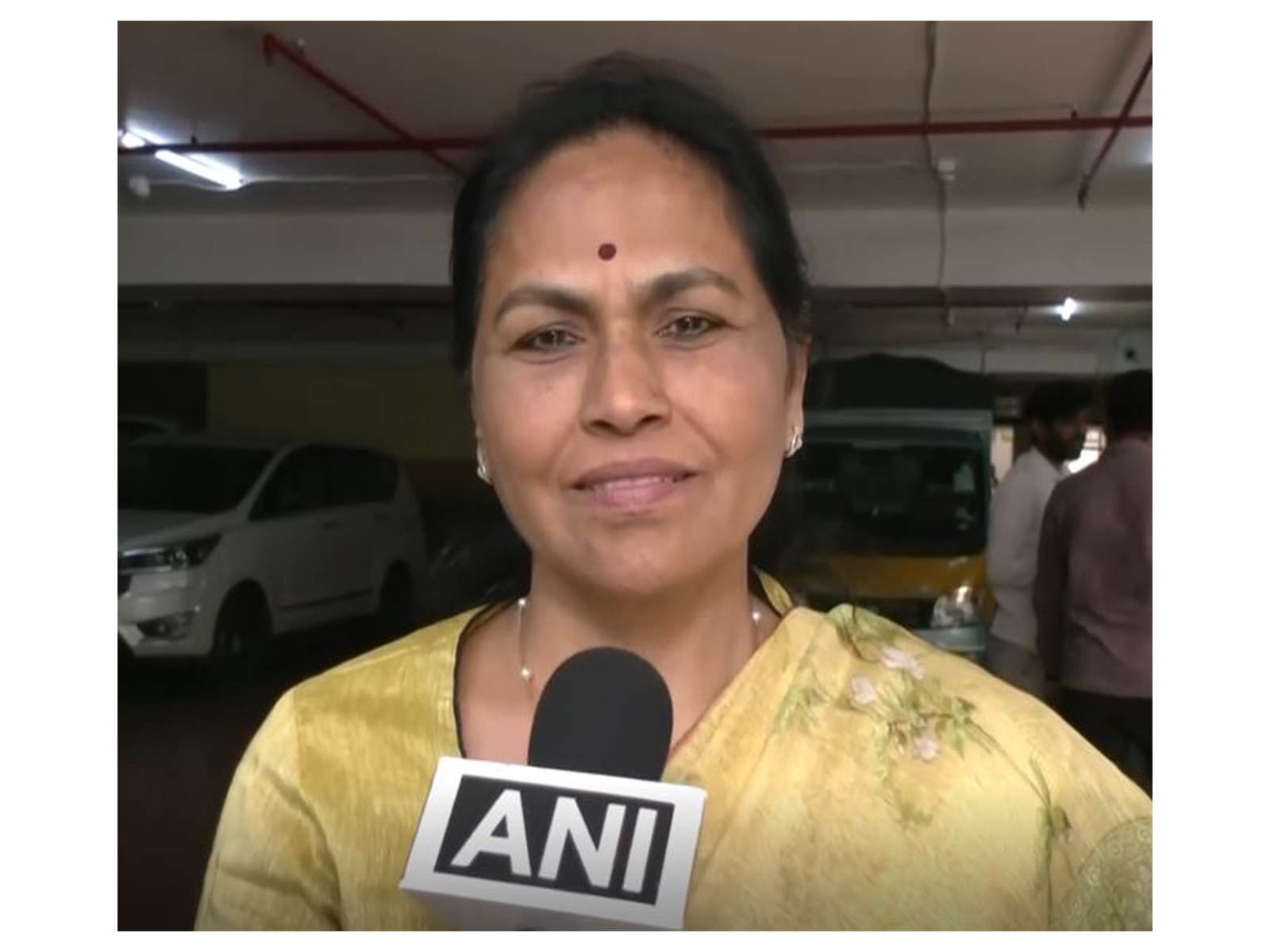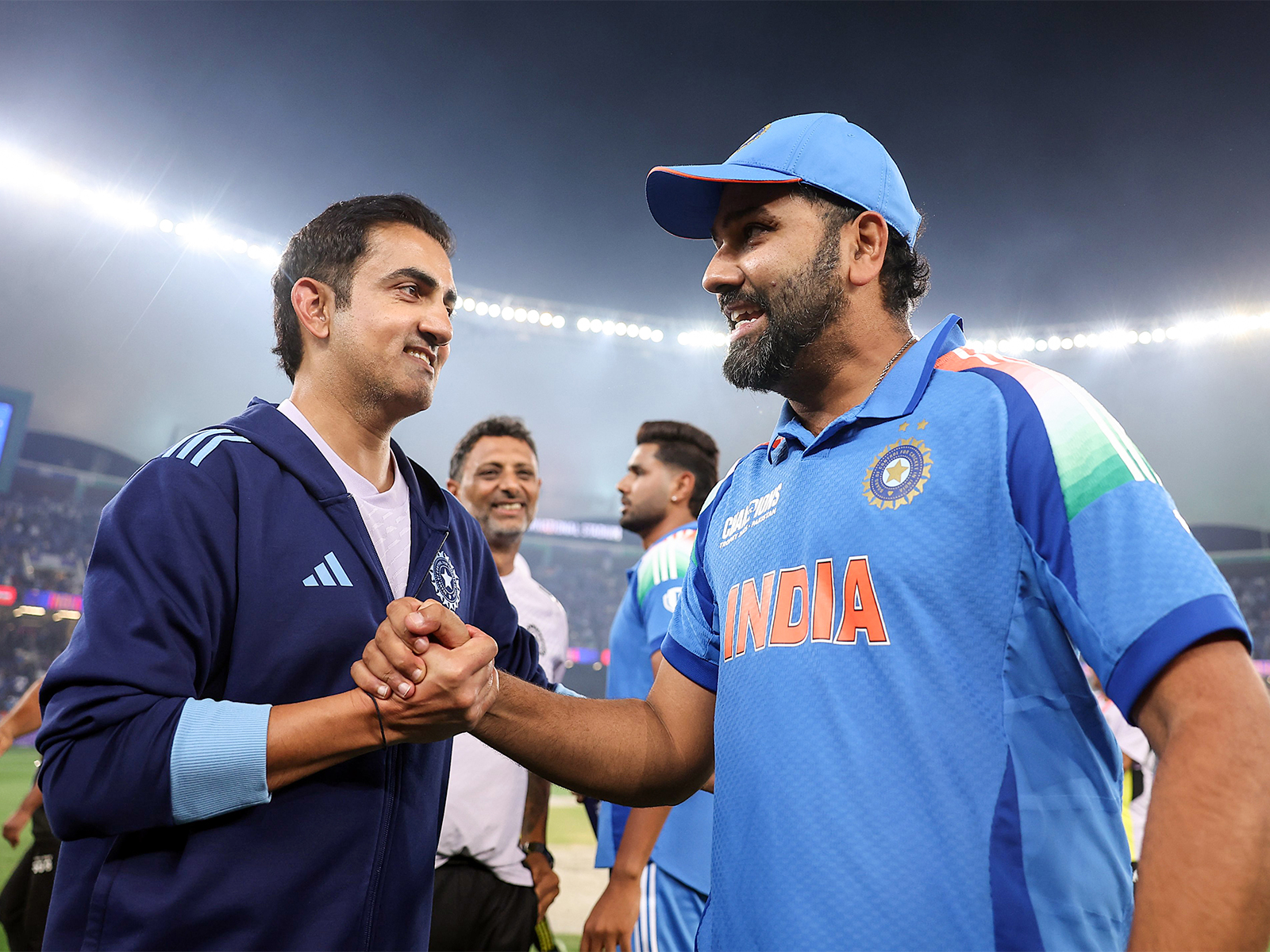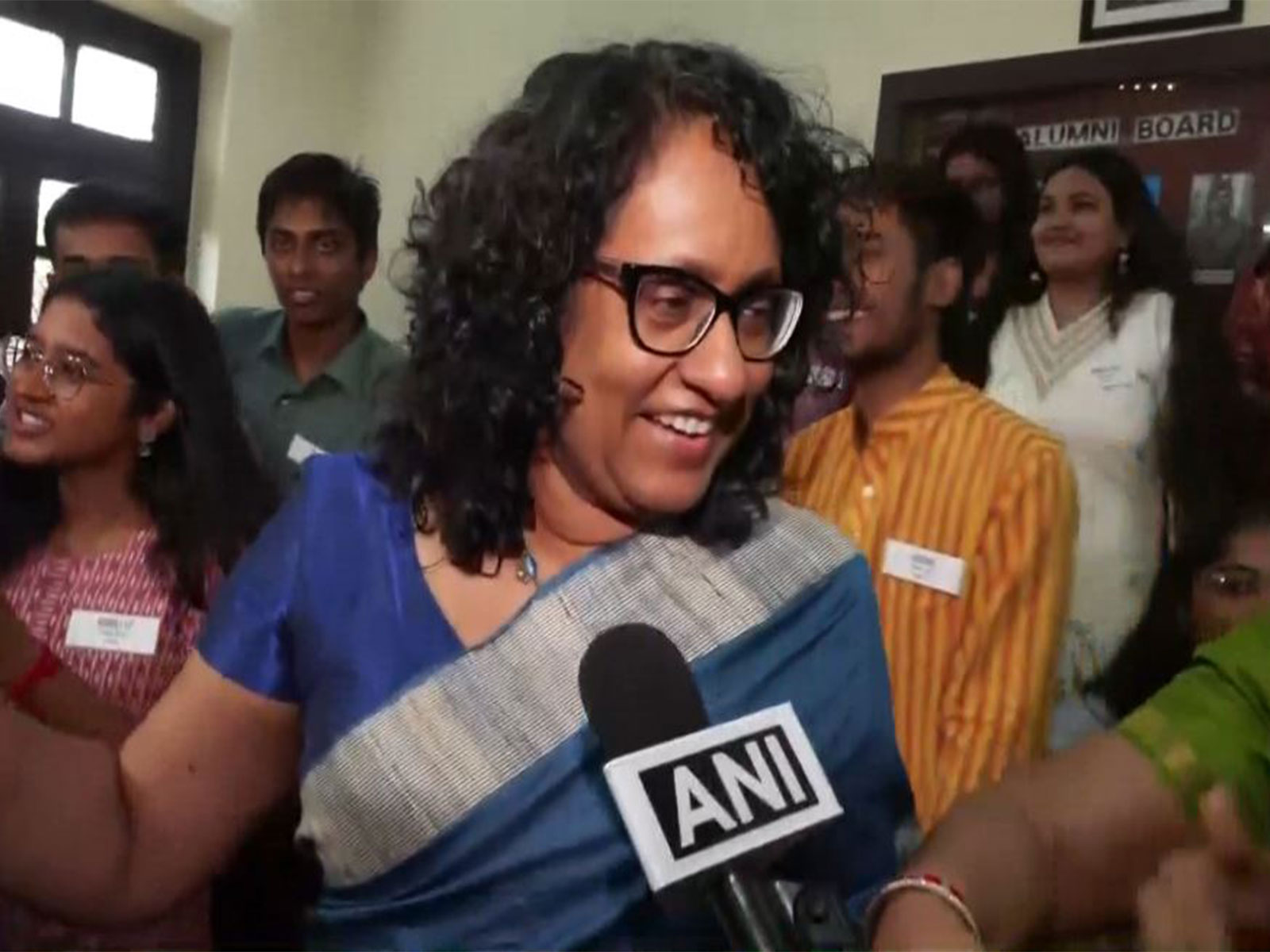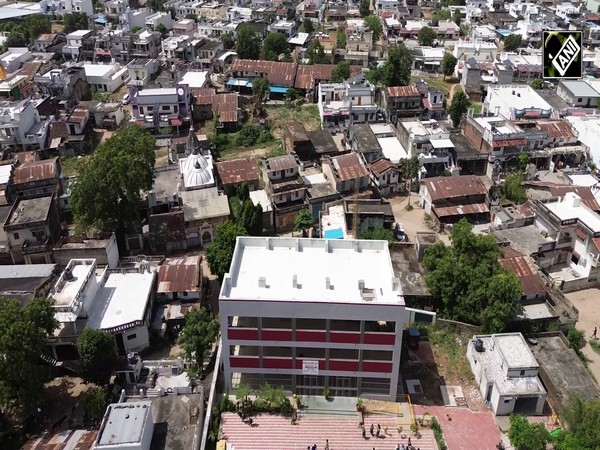US India Defence Cooperation – Deepening Strategic Engagement
Aug 17, 2023

Mediawire
New Delhi [India], August 17: The 21st century will see India with a secure place at the top table. The question now is: how best to use it?
“We were strangers in defence cooperation at the turn of the century. Now, the United States has become one of our most important defence partners,” Prime Minister Narendra Modi said in his address to the joint session of the US Congress.” Today India and the US are working together, in space and in the seas, in science and in semi-conductors, in start-ups and sustainability, in tech and in trade, in farming and finance, in art and artificial intelligence, in energy and education, in healthcare and humanitarian efforts.”
Following the historic visit by Modi to Washington and a series of new commitments on defence and other cooperation, New Delhi is looking ahead to the coming decades from an unprecedented position of influence and access.
For all the opportunity that appears in store, it’s critical that India not lose sight of the importance of partnerships – relationships such as strategic defence alliances throughout the Indo-Pacific and the wider world.
Modi’s agreement with Washington will enable India to contribute more than it ever has, thanks to the huge expansion in intelligence gathering and operational flexibility that will be possible with the new
.
India already has taken a major step with its lease-hire program involving two of these aircraft. Building that fleet over time in partnership with our firm, General Atomics Aeronautical Systems, Inc., will take military and intelligence capacities to new heights.
SeaGuardian can fly for 30 hours or more, depending on configurations -- different mission specific payloads -- and operate over any territory – open ocean, coastal areas, land – and provide intelligence of a breadth but also detail that isn’t available with any other system hitherto.
Besides performing exceedingly well in a ‘stand-alone’ mode, the aircraft when deployed with other units, teams up well and augments other units naturally, from ships at sea to human-piloted aircraft to forces on the ground or all of the above. Seamless integration with various platforms at any given point of time is a hallmark of this platform.
The intelligence, surveillance, reconnaissance and operational flexibility these aircraft provide are, firstly, essential to India’s sovereignty and will only strengthen its ability to reserve decisions and actions for itself, if necessary, as is the right of any nation. The better the intelligence about what is taking place in the seas and borderlands around South Asia, the better will be the military’s ability to act first – well in time -- and act correctly.
The opportunities within the context of strategic defense alliances – bilateral or multilateral (multipolar) -- also are virtually limitless.
One example is Japan. The economic relationship between India and Japan is important and only deepening. Modi hosted the Japanese Prime Minister, Fumio Kishida, in the spring.
Japan also is another operator of the MQ-9B, in service with the Japan Coast Guard and
, conducting patrols and other operations in the Western Pacific. Japan also may be on track to grow its fleet of these aircraft. Greater commonality between Indian and Japanese military and security officials will pay dividends for the partnership and regional security. The bilateral exercises between the two countries, including, JIMEX (Navy), DHARMA GUARDIAN (Army) and VEER GUARDIAN (Air Force) are gradually increasing both in terms of frequency and complexity.
The India-Japan relationship also is one facet of the larger, less formal grouping that has become known as “the Quad,” which also includes Australia and the United States.
As Modi, Kishida and the other leaders of the Quad nations have expressed, the goal of this group is not to oppose or “keep down” any nation. Instead, the Quad partners are focused on sustaining the “open and peaceful status quo” in the Indo-Pacific today. The objective is nothing more, but nothing less – still an important commitment with far-reaching implications for the wider world.
India has always been a key plank in the Quad and its expanding capabilities will only grow its importance in this regional bloc. And much as Indo-Japanese air and military interoperability is a critical part of that relationship, so too is India’s ability to integrate its intelligence, operations and other instruments of power with those of the other nations.
Here again, MQ-9 aircraft provide a bridge, in the form of commonality. India’s commitment means that 75 percent of the Quad nations are operating different variants of the aircraft. As those fleets grow and evolve, so will the opportunities for information sharing, collaborative operations, interoperability, and other types of international seamless integration.
This doesn’t only depend on same-model aircraft. As India’s operators already have learned with their current operations involving the MQ-9B, practices called “manned-unmanned teaming” mean that remotely piloted aircraft don’t only contribute to their own but also as additional members of a broader team.
One of the biggest advantages of the MQ 9B in the Indian Navy is that it extends the eyes and ears, and operational envelope of India’s manned assets at much lower costs. MQ-9B also meshes easily, or handshakes, with other units of every kind, including those of partner nations, delivering benefits both for Indian operators and their allies.
Last winter, for example, Indian, Japanese, Australian and American forces collaborated on defensive exercises in the Philippine Sea – warships, aircraft, troops and other units from all the nations took part. As the powers’ fleets of unmanned aircraft grow, they will only improve and extend what is possible in these kinds of joint operations – an Indian aircraft, for example, could identify a vessel of interest and relay information about it to an Australian surface warship, which could sail closer to investigate and while a third nation’s Naval platform, such as ship, aircraft or a submarine, stands ready to take action as decided after assessing the situation in totality.
Technical and operational upgrades like those provided by MQ-9B make this kind of improved collaboration possible with other advanced powers in the Indo-Pacific. What they ultimately support is Indian diplomats’ ability to play more and stronger cards around the region, and beyond, in service of New Delhi’s interests but also of the stability and peace from which the whole world profits.
The perspectives shared in this article were derived from the insights provided by Dr. Vivel Lall, Chief Executive of General Atomics Global Corporation.
(Disclaimer: The above press release has been provided by Mediawire. ANI will not be responsible in any way for the content of the same)

